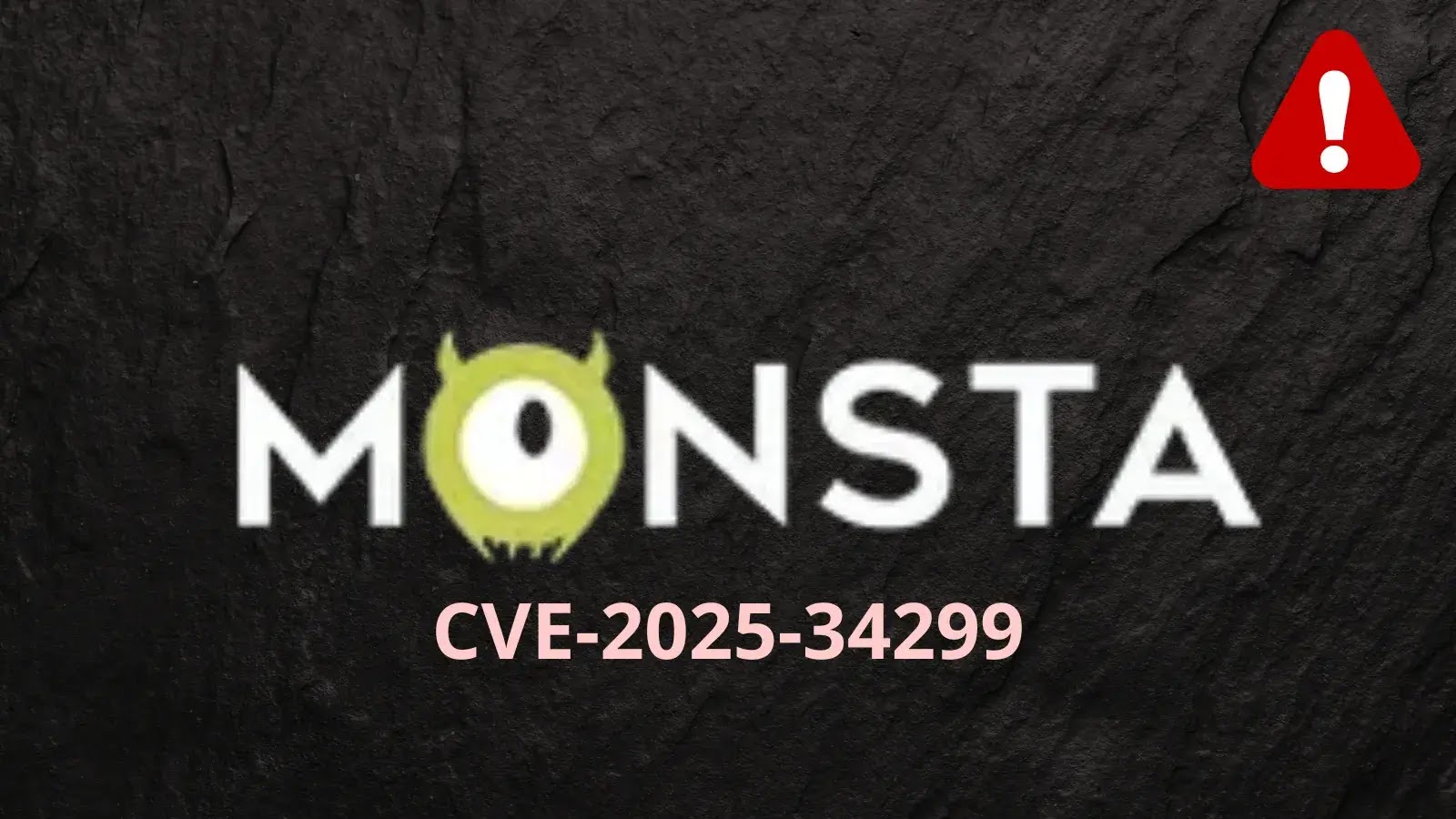Critical Remote Code Execution Vulnerability Discovered in Monsta FTP
A significant security flaw has been identified in Monsta FTP, a widely used web-based file transfer client. This vulnerability, designated as CVE-2025-34299, allows attackers to execute arbitrary code remotely, posing a substantial risk to organizations utilizing this software.
Overview of Monsta FTP
Monsta FTP is a browser-based application that enables users to manage files on remote servers without the need for dedicated FTP software. Its user-friendly interface and accessibility have made it a popular choice among various organizations, including financial institutions and large enterprises. Currently, there are over 5,000 instances of Monsta FTP exposed on the internet, highlighting its widespread adoption.
Details of the Vulnerability
The vulnerability in Monsta FTP allows unauthenticated attackers to achieve remote code execution on affected servers. Security researchers at WatchTowr Labs discovered that, despite recent updates aimed at enhancing input validation, critical security flaws remained unaddressed across multiple versions of the software.
The exploitation process involves three primary steps:
1. Initiating a Malicious Connection: The attacker tricks Monsta FTP into connecting to a malicious SFTP server.
2. Payload Delivery: The compromised server then downloads a crafted payload file from the attacker’s server.
3. Arbitrary File Writing: The payload is written to an arbitrary path on the target server, granting the attacker complete control over the system.
This method effectively bypasses authentication mechanisms, allowing attackers to execute commands with the same privileges as the Monsta FTP application.
Affected Versions and Patch Information
The vulnerability affects Monsta FTP versions 2.10.3 through 2.11.2. Notably, researchers found that previously reported security flaws were not adequately addressed in these versions. Minimal code changes between versions 2.10.3 and 2.10.4 left known vulnerabilities intact, rendering the software susceptible to exploitation.
In response to these findings, Monsta FTP released version 2.11.3 on August 26, 2025, which addresses this critical vulnerability. Organizations using Monsta FTP are strongly advised to upgrade to the latest version immediately to mitigate potential security risks.
Implications for Organizations
The discovery of this vulnerability underscores the ongoing security challenges associated with web-based file management systems. For organizations, especially those in the financial sector and large enterprises, the potential impact of such vulnerabilities is significant. Unauthorized remote code execution can lead to data breaches, system compromises, and substantial financial and reputational damage.
Recommendations for Mitigation
To protect against potential exploitation of this vulnerability, organizations should take the following steps:
1. Immediate Software Update: Upgrade Monsta FTP to version 2.11.3 or later to ensure that the vulnerability is patched.
2. Regular Security Audits: Conduct periodic security assessments of all software applications to identify and address vulnerabilities promptly.
3. Network Monitoring: Implement robust monitoring of network traffic to detect unusual activities that may indicate exploitation attempts.
4. Access Controls: Restrict access to Monsta FTP to authorized personnel only and implement strong authentication mechanisms.
5. User Education: Educate users about the risks associated with file transfer applications and the importance of following security best practices.
Conclusion
The identification of CVE-2025-34299 in Monsta FTP highlights the critical need for vigilance in software security management. Organizations must prioritize timely updates and proactive security measures to safeguard their systems against emerging threats. By staying informed and implementing comprehensive security strategies, businesses can mitigate the risks associated with such vulnerabilities and protect their valuable assets.



